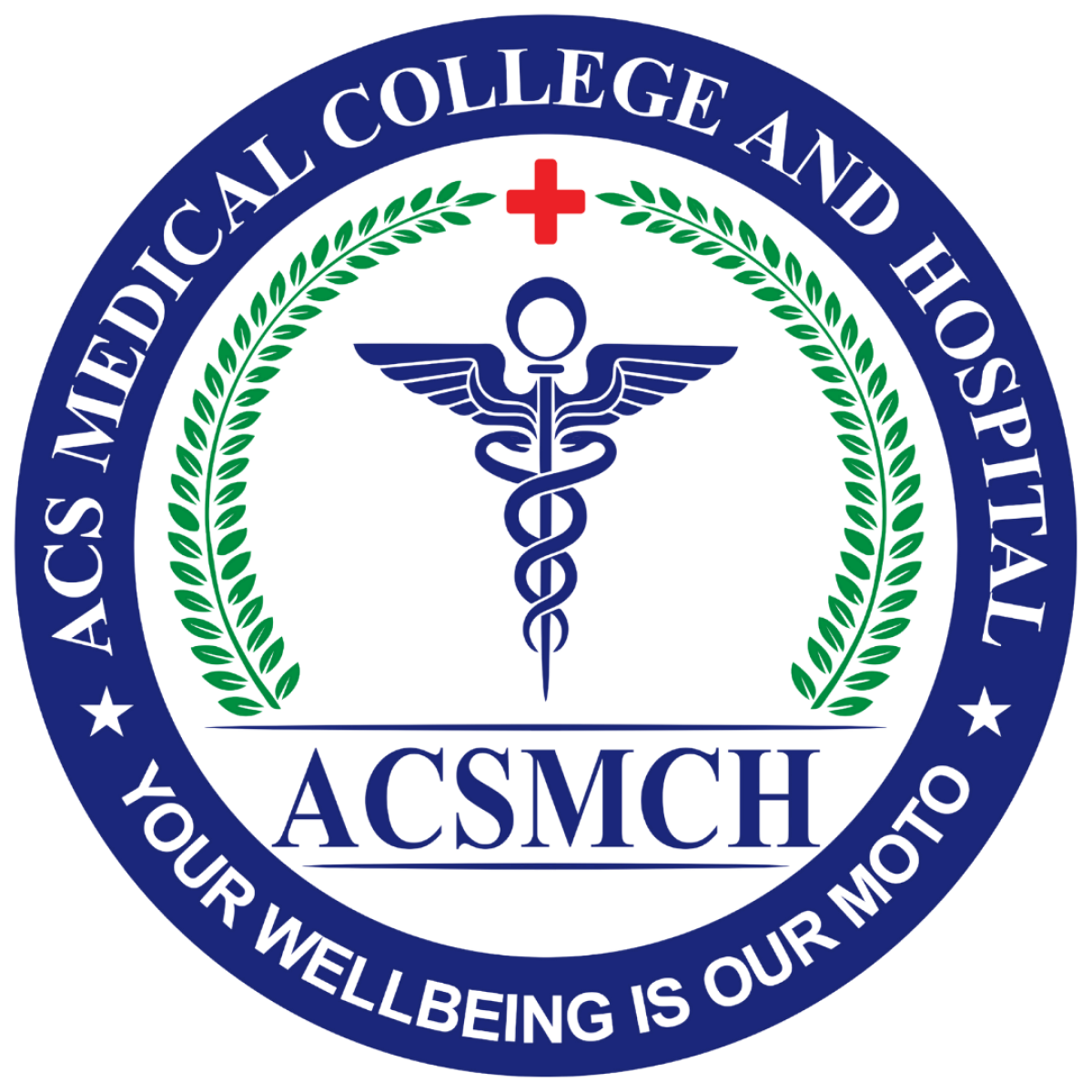World Patient Safety Day is an annual global observance on September 17th, established by the World Health Organization (WHO) to raise awareness about patient safety issues worldwide. The day aims to promote a collective commitment to making healthcare safer for patients by reducing medical errors and improving the quality of care. It provides an opportunity for healthcare organizations, professionals, and patients to come together, share experiences, and advocate for patient safety measures. Each year, a specific theme is chosen to address critical patient safety challenges and encourage global action to protect and empower patients.
Few Key Points to help promote a culture of safety in healthcare and reduce the risk of harm to patients.
- Communication is Crucial: Effective communication among healthcare providers, patients, and their families is essential for preventing errors. Clear and open communication can help ensure that everyone is on the same page regarding diagnosis, treatment, and expectations.
- Medication Safety Matters: Medication errors are a common cause of harm in healthcare. Patients should always be informed about their medications, their purpose, potential side effects, and how to take them correctly.
- Infection Control: Preventing healthcare-associated infections is vital for patient safety. Healthcare facilities should follow strict infection control protocols, and patients should be aware of proper hand hygiene and infection prevention practices.
- Patient Involvement: Patients and their families play an active role in their own safety. They should feel empowered to ask questions, seek clarification, and be engaged in decision-making about their healthcare.
- Continuous Improvement: Healthcare providers and organizations should commit to ongoing quality improvement efforts to identify and address potential safety issues. Reporting and learning from adverse events and near misses is essential for improving patient safety practices.

